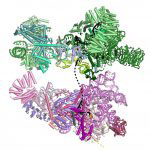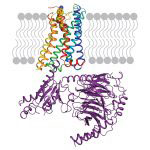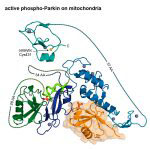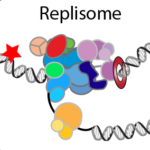
Kiyoshi Nagai’s group in the LMB’s Structural Studies Division have used electron cryo-microscopy to solve the structure of the prespliceosome at near-atomic resolution, providing new insights into how the spliceosome is assembled and regulated.
The human genome contains approximately 20,000 genes, which when transcribed produce precursor messenger RNA (pre-mRNA) consisting of coding sequences (exons) and non-coding sequences (introns).




